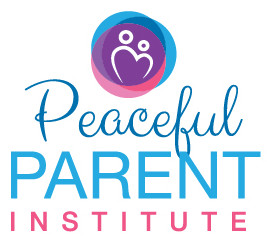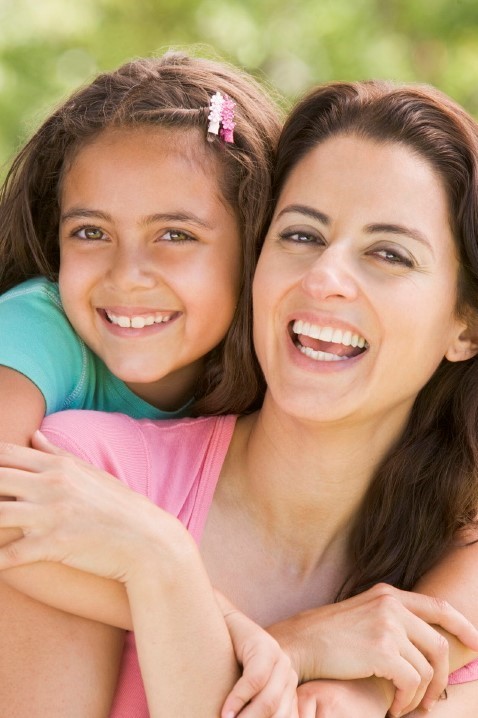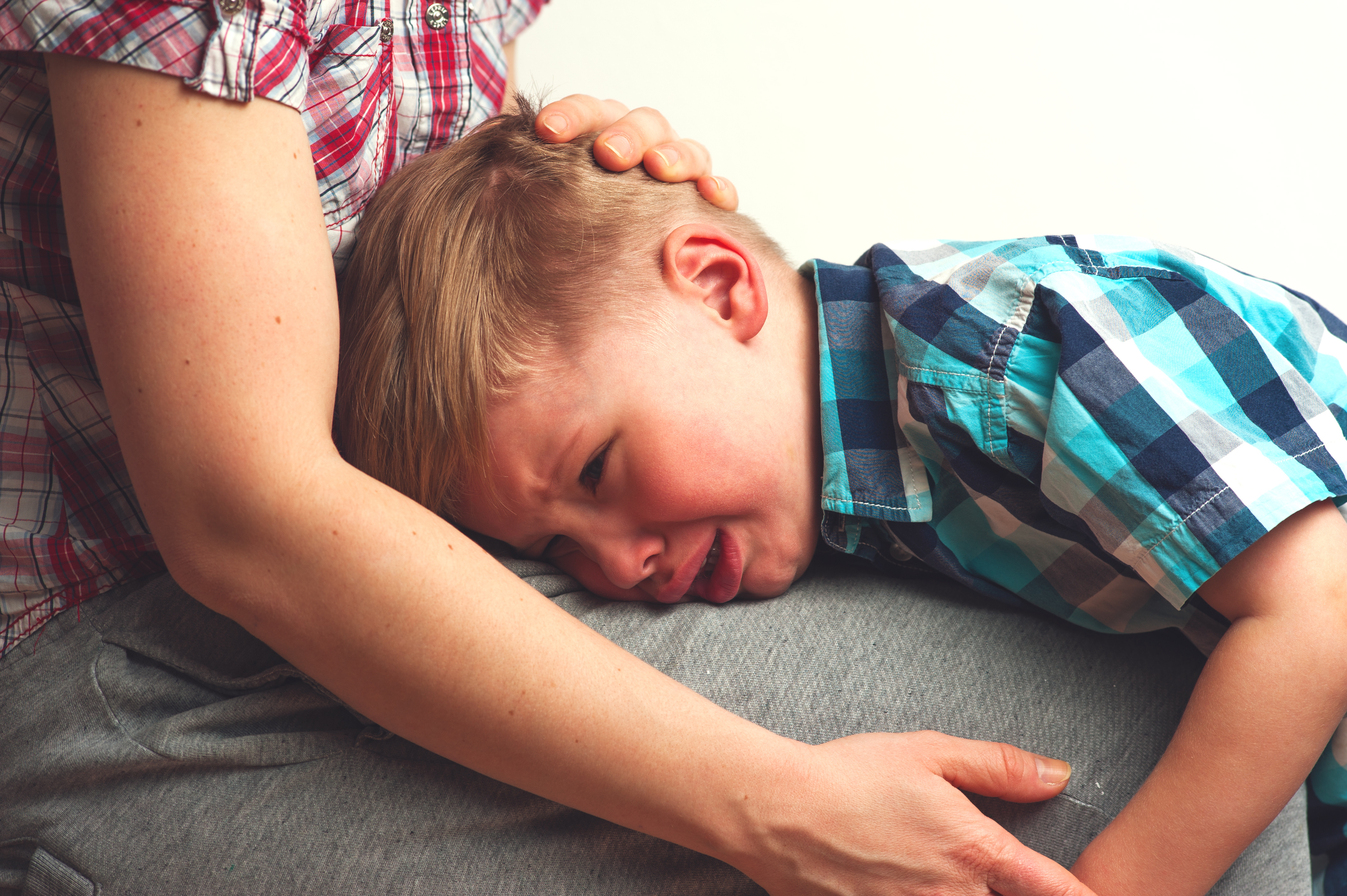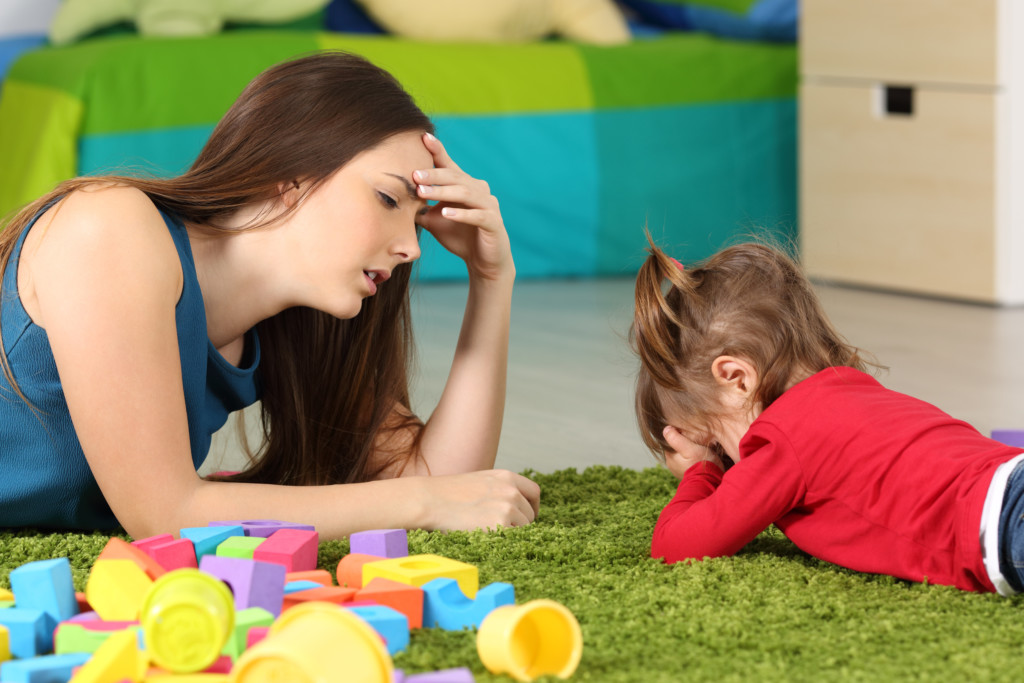Table of Contents
Every member of the family can benefit greatly from mindfulness
Firstly let’s talk about what mindfulness is, what it can look like and how it can benefit you. When you connect with, or remember, how good it feels for you when you become more mindful, you’ll naturally want to share that positive experience with your child.
Mindfulness is simply about slowing down enough to notice how we are feeling in our body, our mind and our emotions in any particular moment. It’s a simple act that starts to bring us back to feeling better, more calm, conscious, focused and better able to cope. When we stop and drop our awareness into noticing and observing what we are experiencing, all sorts of good things happen! We make a mind-body connection.
Simply noticing and naming stress is a move towards being more calm!
It’s incredibly simple, yet most people can go through the whole day focusing on what they’re doing with little to no attention on how they are being and how they are truly feeling. People speak, act and make decisions spurred by their feelings, yet will be often unaware of what they are feeling.
Noticing high levels of frustration allows us to acknowledge that frustration, which in itself takes us a step towards coming back in a calmer state and feeling more capable. Noticing our stress (rather than just acting out because of it) brings a natural urge to reduce our stress and relax which tends to emerge from just a few seconds of becoming mindful.
A simple 20 second mindfulness exercise
Pause for even 20 seconds while reading this and give your full attention to becoming aware of your whole body, notice any sensations like muscle tension, feeling warm or cold, notice what you’re thinking and feeling. This simple shift of awareness gives you the experience of being mindful.
As in this simple mindfulness exercise above, when we take a moment to tune in, we tend to notice our breathing and naturally adjust it to take in more air. Noticing how we feel brings a natural desire to do what needs to be done to come back to more balance. We might realise we need to relax our shoulders or drink some water or go outside and enjoy our natural environment.
To explore bringing more mindfulness into your days, read “The role of mindfulness in peaceful parenting“. Or better still, enjoy our Mindful Parenting eCourse, our Overcoming Overwhelm eCourse and our 10 Day Peaceful Parent Challenge. Or you can purchase our PP Suite of eCourses to purchase all of them.
Managing our stress is big work for busy parents
We all crave more peace and harmony in our families, and it’s easy to keep focusing on managing the kids and managing everything that needs to be done on a daily basis. Yet we equally need to work on creating more peace and harmony in our inner world and help our children do the same.
13 Simple Ways to Teach Mindfulness to Kids
Allow your child to decide how long the hug lasts
This results in a parent being more present with their child in the hug. This slows the breathing pattern, allowing the child to relax more into the hug and enjoy the experience together.
Become mindfully present with your child when they share their feelings
When your can be calmly present with your child when they share their thoughts and their feelings, this allows them to be mindfully present with their own experience.
Enquire into your child’s thoughts, feelings and sensations with patience and curiosity
Every time you do, you encourage them to do the same. This helps them develop the habit of tuning in to themselves. When you reflect on their feelings; “you seem frustrated honey? What’s going on for you? – this helps them build their feelings vocabulary and know their feelings.
Ask; “Where do you feel that in your body?”
Every time you ask this or a similar question, you’re teaching your child mindful awareness of their body’s sensations.
Reflect on what you see and enquire calmly about their in-the-moment experience
This helps them see their own experience; “I notice you’ve dropped your head and your shoulders are slumped, is that because you’re feeling sad, or maybe exhausted? (Your question helps them self-enquire).
Narrate your experience of being present, and it encourages them to do the same
“I love sitting here listening to the birds sing”. Or “I’m just going to sit here until I’ve slowed my breathing down and released my stress”. Or “I feel so much calmer after letting myself cry”.
Do yoga together
Guiding them to fully breathe even when it feels hard. Search YouTube for kids’ yoga videos for some ideas.
Factor in downtime in the day
Talk about the importance of downtime, so that everyone recognises this important need to de-stress.
Allow and create space for non-directive play, especially in nature
When they’re fully absorbed in their experience, avoid interrupting them if possible, they’re strengthening their ability to maintain focus.
Be present and empathise when they become upset and overwhelmed during an activity
Acknowledge that it’s hard and frustrating, but allow them to go back and try again instead of redirecting them to a task that’s easier.
Practice slow and deep breathing
Help them notice how slowing down their breathing changes their levels of stress, frustration, anger, anxiety or anticipation. Alternative nostril breathing is a good one to do.
Give your child a massage
We all know how massage can bring us back to our body awareness so powerfully. As long as the child’s likes, dislikes, requests and boundaries are heard and honoured. Also encourage them to gently rub their arm with the opposite hand, or give themselves a hug and notice how this feels.
When your child is lying down, put your hand on their belly. Invite them to notice how your hand moves as they breathe in and out, speak just enough to get them engaged in noticing this, then ask “Does it help you relax when you watch your body breathing in and out?”
Have you tuned into our Mindful Parenting eCourse?
Exclusive for members. This kit includes a one-hour video seminar on Stress Management and Mindfulness by Genevieve, an audio interview on Conscious Mindful Parenting, plus a Zoom webinar on identifying and resolving triggers and more. 5 FREE Discipline without Punishment Videos. What does parenting without punishment actually look like, what are the tools, how do we navigate child being uncooperative, sibling conflicts and defiance? Watch 5 free videos, each a short excerpt from one of Genevieve’s Discipline without Punishment seminars
The role of mindfulness in peaceful parenting
Learning to better manage our stress is our responsibility as parents. To live in a more peaceful and harmonious family, we need to develop more peace and harmony in our inner world. Every time we choose to be mindful, we practice focusing our mind and strengthening our mental “muscles” in a similar way to strengthening our physical muscles through exercise.
Stress hijacks your child’s brain
A certain amount of stress is normal, unavoidable and indeed necessary. Yet, children are very sensitive to stress. They don’t function very well when stress levels rise and they don’t get enough relief. Too much elevated stress leads to an endless list of emotional and even health problems. Managing difficult behaviours is largely about helping children manage their stress. The more effective we are at managing our own stress, the more equipped we’ll be to manage our children’s stress.
Becoming mindfully present again and again rewires the brain
In the more traditional parenting approach, most of the communication relates to what family members are doing or not doing. Not enough compassionate attention is applied to what family members are feeling and their emotional needs.
But the good news is that according to neuroscientists, the more we repeat an activity, the more likely we are to create those new pathways. Every time a parent acknowledges their child’s stress and frustration (“Oh honey this is so stressful/frustrating for you isn’t it”), the child is supported and encouraged to be more mindfully aware of their own stress levels. Hence more likely to expressed “I’m really stressed/ frustrated / overwhelmed” instead of acting out in unhealthy ways.
Just like those habits of deflecting, reacting to and trying to avoid emotional discomfort were hardwired into us. The more we practice mindfully becoming present in our experience, the more likely we are to do the same again and again and teach our children to do the same.
Mindfulness helps children focus, listen and better manage emotions
When a parent helps their child lower their stress, they help their child to be present enough to focus, to listen to family members, their parent included and generally function better. Stressed children can’t access their prefrontal cortex and do the problem-solving or see things from another’s perspective. They lose their ability to think creatively.
When operating from the stress response, we become quite limited and even primal in our responses to threatening (stressful) situations. All of the child’s or the parent’s most dysregulated behaviour is driven by a dysregulated internal state. This will basically tend to fit into one form or another of hyperarousal. Hyperarousal tends to manifest as fighting (like being irrationally reactive, aggressive or destructive), flighting (storming off, walking away, getting lost in their activity and shutting everyone else out, or freezing (numbing, becoming lost for words, spaced out, disengaged, unable to know what to do or not do).
Mindfulness brings back more balance to the right and left hemispheres of the brain while settling an over-activated amygdala, our emotional centre.
Mindfulness brings mental and emotional relief
And it evokes valuable insights into what we really need and how to access those needs. When our child re-balances in the ways outlined above, they can again feel safe and secure. Only then can they regain access to important brain functions like problem-solving, creative thinking and empathy.
Hopefully this article has helped you understand that the more you can become mindfully present yourself, the more capacity, clarity and skills you’ll have to help your child come out of their stress response. It will look different for each parent or teacher, but every adult who has the responsibility of caring for children needs to weave into their daily care some practices to slow down and do some inner reflection and gain more connection with their inner world if they’re to be more tuned in and sensitive with the children in their world.
Genevieve Simperingham is a Psychosynthesis Counsellor, a Parenting Instructor and coach, public speaker, human rights advocate, writer and the founder of The Peaceful Parent Institute. Check out her articles, Peaceful Parenting eCourses, forums and one-year Peaceful Parenting Instructor Training through this website or join over 90,000 followers on her Facebook page The Way of the Peaceful Parent.










[…] This article offers 13 easy ways that you can bring mindfulness into your child’s daily life and help them develop more mindfulness in their thoughts, feelings and actions. […]
[…] permissive, neither demanding nor dismissive/minimising. And in a way that helps your child better manage their emotions and then (when calmer) think through the situation in a constructive manner to identify what might […]